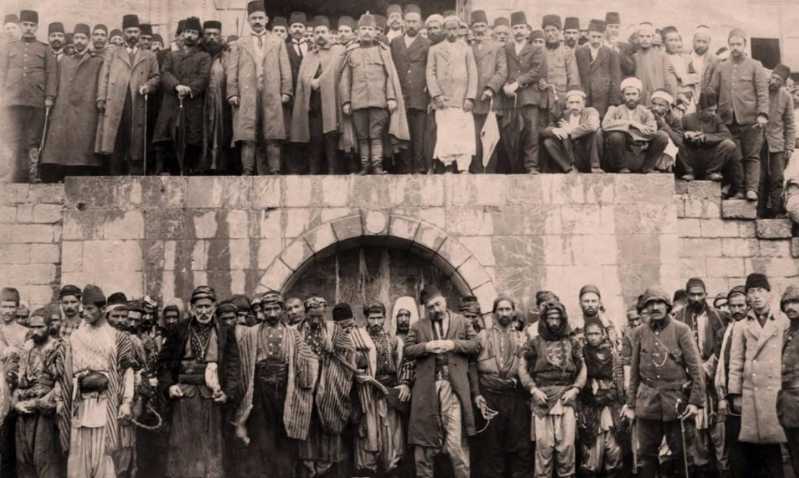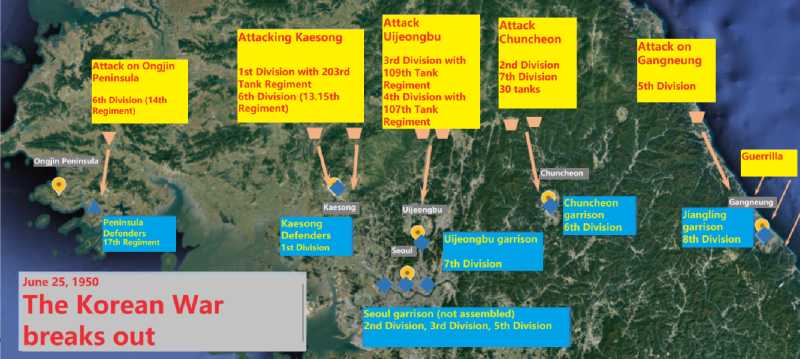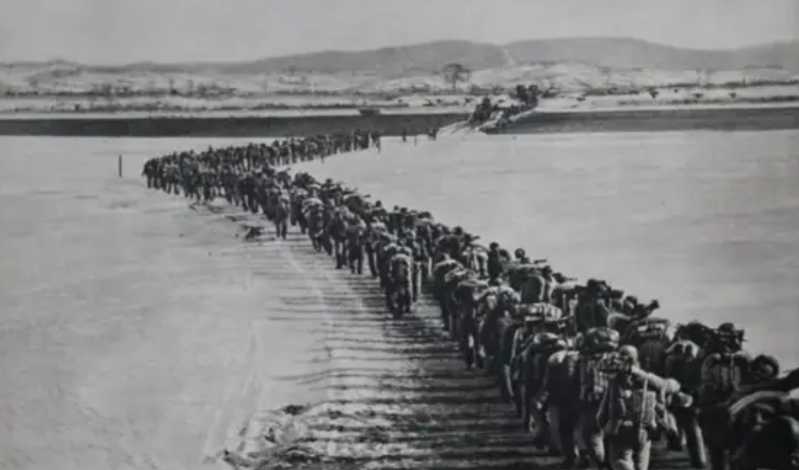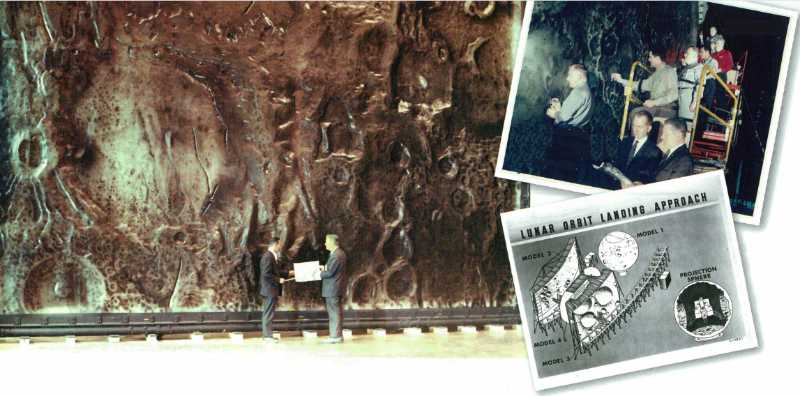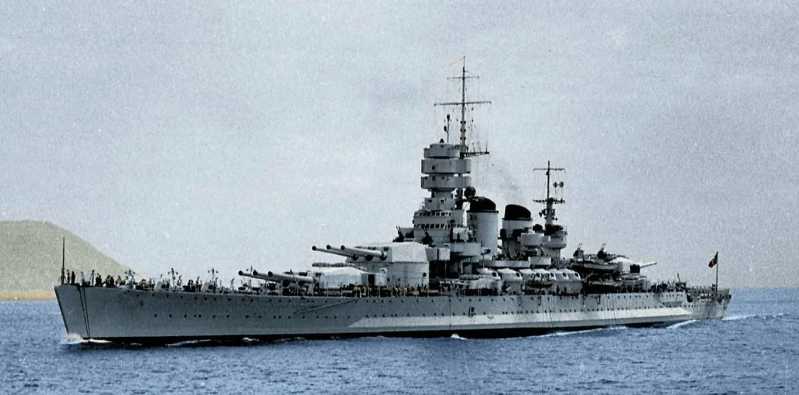At this year’s Singapore Air Show, the Singapore Air Force, as the host, has shown its best. It not only displayed a variety of active military aircraft, such as F-15SG, F-16D/D+, AH-64D, A330MRTT, etc., but also pulled out air defense weapons. The core equipment used by the Singapore Air Force for air defense/anti-missiles, the "Aster"-30 medium- and long-range air defense system mobile launcher, was displayed on site.
Equipment Overview
The "Aster"-30 medium- and long-range air defense system mobile launcher displayed on site is in an unfolded state. The entire vehicle is supported by four hydraulic legs distributed on both sides of the vehicle body. While keeping the launcher in a horizontal state, the impact force of the missile launch is transmitted to the ground through the legs to avoid affecting the body posture and avoiding damage to the chassis suspension system. This mobile launcher uses the German MAN 8x8 off-road truck chassis, which has excellent driving performance and off-road passing ability. Behind the cab is a high antenna bracket with two whip-shaped communication antennas installed on it. The bracket adopts a telescopic design and can be lowered and folded during marching. Behind the antenna bracket is a control box, which is used to control the erection and folding of the hydraulic legs and the launch box. Behind the control box is the power module, which is equipped with 10 batteries, so that the launch vehicle can run for a period of time even when the power is off. Behind the power module is an 8-pack launch box erected at 90 degrees, which is loaded with "Aster"-30 long-range air defense missiles. There is also a flame guide plate under the launch box, which adopts a folding design. It is folded during marching and unfolded after the launch box is erected. It is used to guide the missile tail flame to the rear of the vehicle to reduce the ablation of the vehicle body and tires.
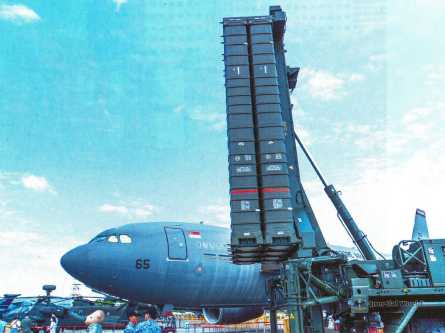
Singapore has been using the "Aster" air defense missile for a long time, but it is a sea-based version. In 2005, the six "Formidable" class frigates imported by the Singapore Navy from France were equipped with four sets of 8-unit SylverA-50 vertical launch system modules. These vertical launch systems use the "Aster"-15 and "Aster"-30 air defense missiles.
The land-based "Aster" air defense system of the Singapore Air Force was introduced in 2013 to replace the outdated American "Hawk" air defense missile system. It spent US$650 million to order two sets of "Aster" medium- and long-range air defense missile systems and 200 "Aster"-30 missiles from Europe. This batch of equipment was delivered in 2017 and began to be deployed in 2018. , is the first time that a non-European country has deployed a land-based "Aster" medium- and long-range air defense missile system. The system can provide Singapore with 70 kilometers of air defense and anti-missile capabilities, allowing Singapore to resist multiple threats from fighters, helicopters, unmanned aircraft, anti-radiation missiles, air-to-ground missiles, and cruise missiles.
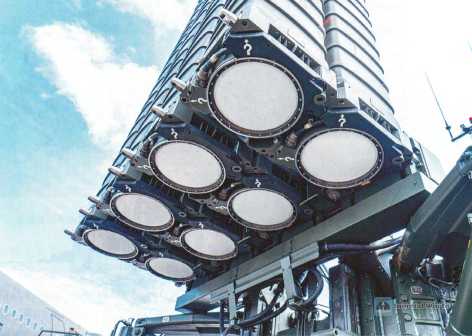
System composition
The "Aster" air defense missile system was developed from the Future Surface-to-Air Missile Program (FSAF) implemented by France and Italy in the late 1980s. It is a purely "European" anti-missile weapon system. It began testing in 1999 and was officially named "Aster" in 2001, taken from the name of an archer in Greek mythology. It is just that in Chinese materials, because "Aster" "Aster" first corresponds to the Asteraceae plant "Aster" in the dictionary, so it was mistakenly translated as the "Aster" air defense missile. It’s just that after a long time of use, everyone is used to using "Aster" as the official name to refer to this missile.
"Aster" has developed two derivative models with different missions---"Aster"-15 short-range air defense missile and "Aster"-30 regional air defense missile. Both use vertical launch systems (VLS) and can be deployed on ships or ground mobile vehicles.
In addition to the mobile launch vehicle displayed this time, the land-based "Aster"-30 air defense system also includes a radar vehicle, a command and control vehicle, and a "Aster"-30 air defense missile. The radar vehicle uses the same truck chassis as the launch vehicle, a container-style equipment cabin, and is equipped with an S-wave using gallium amide technology The radar is a dual-axis multi-beam 4D active electronically scanned array (AESA) radar. The radar combines search, detection, target identification, all-round multi-target automatic tracking, fire control data transmission and other functions. It has two working modes: 250 km monitoring and 100 km tracking. It can achieve full-time 3D coverage from -7° to 70° in one rotation. It can track more than 50 targets at the same time and command missiles to attack the 10 most threatening targets. The radar has a detection range of 100 kilometers for large air targets and 50 kilometers for small targets with a radar wave reflection cross-sectional area of only 0.5 square meters.

The combat cabin of the command and control vehicle is also loaded by an 8x8 off-road truck, which has the same field deployment and air transport deployment capabilities as the launch vehicle. The cabin is equipped with a MARA computer group with solid protection and two M AGICS display and control consoles. It has the ability to monitor the air, capture targets, designate targets, prioritize, track and attack targets. It can draw and analyze air tactical situations to assist decision-making. It is operated by an air defense commander, two fire control operators and an engineer. The fire control unit uses advanced electronic warfare technology to ensure that the system can still operate effectively in a complex electronic warfare environment. In addition, the command and control vehicle is also equipped with a variety of communication equipment and navigation and positioning equipment. In addition, the command system that can be connected to the air defense combat network can establish a connection with a higher level of air defense command center to achieve more efficient coordinated operations.
A land-based "Aster"-30 air defense system usually includes a command and control vehicle, a radar vehicle and 6 mobile launch vehicles, all of which use off-road truck chassis and can be airlifted and deployed using C-130 or A400M transport aircraft. During operation, each vehicle is deployed in a range of 5 to 10 kilometers around the radar vehicle according to the terrain and the main direction of the target, making it difficult for the enemy to paralyze the entire position with one attack. The launch vehicle and the command and control vehicle maintain contact through high-frequency radio, and the radar vehicle and the command and control vehicle are connected through optical fiber cables to meet the needs of large-capacity and high-speed data transmission.
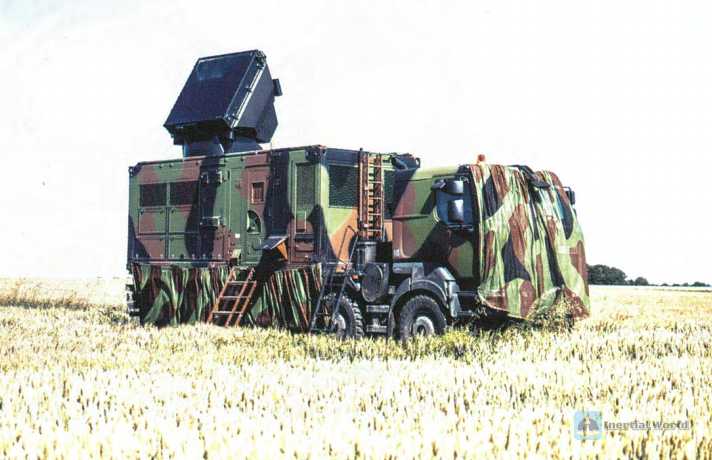
Missile performance
There are mainly two types of "Aster" air defense missiles, namely the short-range "Aster"-15 and the medium- and long-range "Aster"-30. The bodies of these two types of missiles are exactly the same, with a body length of 2.6 meters, a diameter of 0.18 meters, a weight of 300 kilograms, and a 15-kilogram high-explosive warhead. The aerodynamic configuration includes four long strip-shaped stabilizing wings around the body and a cross-shaped control rudder at the tail.
The only difference between the two is the size of the rocket booster. The booster of the Aster-30 is larger, the thrust pulse time is longer, and it has a longer range. Both use hot launch, the missile ignites in the launch box and takes off with its own thrust. After leaving the launch tube and completing the turn, the tail booster of the Aster-15 can accelerate the missile to Mach 3.5 in 2.5 seconds, and the booster of the Aster-30 can accelerate the missile to Mach 4.5 in 3.5 seconds.
After that, the booster section is abandoned, leaving the main missile body to sail towards the target in a tail-controlled manner. The maximum flight speed of the missile itself is about Mach 3. When dealing with targets with relatively low mobility, such as large fixed-wing aircraft, rotorcraft, and drones, the "Aster" missile may only use the residual kinetic energy of the missile body for traditional impact; when engaging highly maneuverable targets, such as sea-skimming missiles and air-to-ground missiles, thrust control technology is used to use lateral thrust to quickly impact the target; when dealing with low-altitude targets, the "Aster" missile usually uses a shallow-angle dive trajectory from top to bottom.
The biggest highlight of the "Aster" missile is that in addition to the traditional tail brake, it also uses the direct thrust control (PIF) technology of the missile body. This technology can generate thrust through the lateral thruster at the most critical moment when the missile intercepts the target, directly pushing the missile body to hit the target. It has a faster response speed than changing the attitude through the tail wing, and can more accurately destroy advanced supersonic sea-skimming anti-ship missiles that are high-speed and may move irregularly.
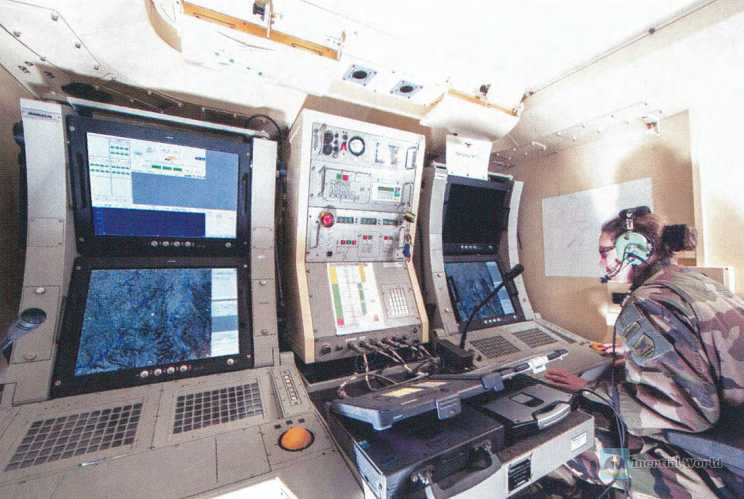
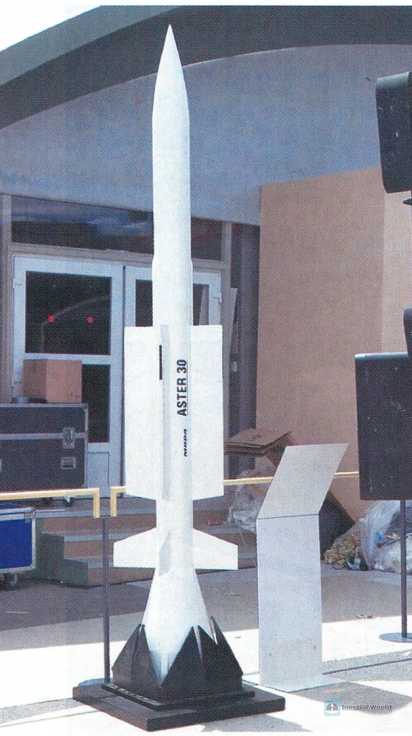

This set of lateral thrusters is installed at the center of mass of the missile. There are four nozzles, each nozzle is 1/4 of the circumference apart, and different lateral thrusts are generated through different thrust vector combinations between the nozzles. Because the reaction force is directly applied to the center of mass of the missile, the maneuverability rate is extremely high, at 0.02 -0.03 seconds to reach the required thrust level, and directly push the interception level "parallel movement" to the target, and with the 15 kg high-explosive fragmentation warhead of the "Aster" missile, it can ensure the complete destruction of the target.
The minimum range of the "Aster"-30 missile is about 3,000 meters. The maximum effective range against aircraft above 3,000 meters can reach 100~120 kilometers (70~80 kilometers is the practical interception range). The maximum range for aircraft below 3,000 meters is about 50 kilometers, and the effective range for sea-skimming supersonic anti-ship missiles is about 15~30 kilometers. Block developed on the basis of the "Aster"-30 Type 1 is mainly aimed at land-based short-range ballistic missile defense, and can intercept tactical ballistic missiles within a range of 600 kilometers at the terminal stage of ballistic missiles. The Block 1NT type, which continues to be improved, mainly upgrades the original Ku-band radar seeker with a Ka-band radar seeker, and further improves the control system to improve performance, so that it can counter medium-range ballistic missiles with a range of 1,000 to 1,500 kilometers, more complex and changeable, and the increasingly emerging anti-ship ballistic missiles.
In general, the service of the "Aster"-30 medium- and long-range air defense system has made up for the shortcomings of Singapore’s air defense. By cooperating with Israel’s SPYDER short-range air defense missiles, it has improved Singapore’s three-layer air defense network of short, medium and long range, and has the ability to intercept long-range ballistic missiles.
Related reading
- 国产大飞机海外首秀:中国商飞C919和ARJ21飞行展示
- Domestic large aircraft overseas debut: COMAC C919 and ARJ21 flight demonstration
- 从美军B-52H战略轰炸机双机通场新加坡航展说起
- 近距离观察F-35A隐形战斗机
- 近观新加坡F-15SG战斗机
- 我进入了F-16D的座舱
- 新加坡航展上的萨博“鹰狮”JAS-39战斗机
- 我当上了苏-30的飞行员--苏-30MKM战机前的超强体验
- 中国的“老朋友”--来自冲绳的P-8A反潜巡逻机
- 又见C-17运输机
- 首次亮相新加坡航展的直-10ME
- 公开展示的“阿帕奇”武装直升机
- 静态展示的CH-47F“支努干”重型运输直升机
- KC-135下的漫步,不得不说的硬管加油装置
- 先进机型齐亮相---新加坡航展上的中航展台
- 混动装甲战车--新加坡“特雷克斯s5”轮式装甲车管窥
- 2024年新加坡航空展室内展台参观记










